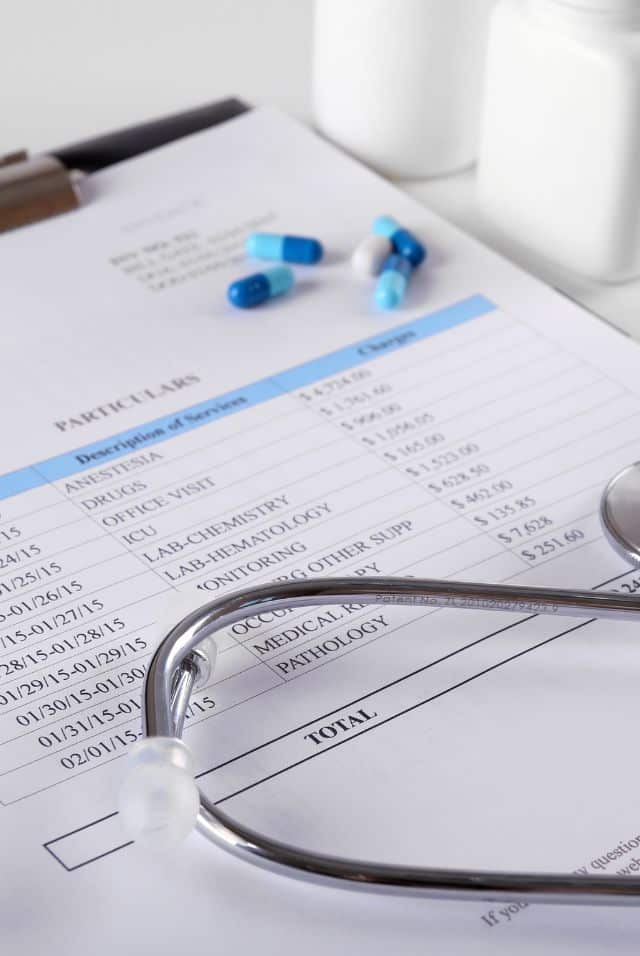Podiatry Billing and Coding – Overview
The most commonly used CPT codes in all kinds of podiatry practices throughout all states of the US are:
11055,
11056,
11042,
11043,
11046,
11047,
11057,
11719,
11720,
11721,
G0127,
G0247.
Nowadays, medical coders and billers face difficulties in accurate coding and billing podiatry practices or specialties. The claims get denied regularly, resulting in loss of practices, and payments, and developing mistrust.
It could be risky for the patient if a coder or biller adds incorrect procedure or diagnosis codes to the claim. Even a wrong modifier can affect the payment as it can change the payment and location of the procedure performed.
Sometimes, additional CPT codes can result in a bill rise that the patient did not anticipate. So proper coding is crucial for both patients and doctors.
This article will guide you to code and bill every type of claim of almost all kinds of podiatry practices in the US.
Contents:
- What is Podiatry?
- How To Code podiatry claims?
- Frequently used CPT codes in podiatry specialties
- What are class findings, and why are they necessary in podiatry coding?
- How to choose a modifier based on class findings?
- Why is LCD (Local coverage determination) important in podiatry coding?
- Denials and their Management
What is Podiatry?
Podiatry is a specialty that deals with diagnosing and treating diseases, injuries, and defects of the human foot, including nails and skin. Podiatric medicine involves the diagnosis, medical and surgical treatment of disorders of the foot, ankle, and lower extremities.
This specialty includes medical, surgical, mechanical, and physical foot treatments.
How to Code Podiatry Claims?

The first thing to keep in your mind before coding is to check the patient’s visit and all the documentation. They all must be maintained and available in the patient’s medical record.
There are two types of podiatry visits.
- New patient
- Routine foot care (Established patient)
For proper coding of any claim, you must thoroughly read the medical notes attached to the respective DOS (Date of Service) provided to the patient by the provider.
Frequently Used CPT Codes in Podiatry
Podiatry services are defined and reported with the following procedure codes:
11055, 11056, 11057, 11042, 11043, 11045, 11046, 11044, 11047, 11719, 11720, 11721, G0127, and G0247.
According to Medicare guidelines, At risk foot care will only be paid when services are provided at least 60 days apart.
11720 and 11721 – Debridement of fungal (mycotic) nails.
11719 – Trimming of non-dystrophic nails
G0127 – Trimming of Dystrophic nails
11055, 11056, 11057 – Paring of corns and calluses
Nail care requires either “class findings” or, in the case of mycosis, painful ambulation in the absence of class findings. All non-mycosis nail care requires class findings.
Callous care also requires class findings. But PAIN is not a Qualifier.
What are class findings, and why are they necessary in podiatry coding?
Class findings are the criteria specifically made for podiatry coding. Based on these criteria, you would get confirmation of which modifier among Q7, Q8, and Q9 should be used.
There are three Class findings:
Class A Findings
- Non-traumatic amputation of the foot or integral portion of the skeleton
Class B Findings
- Absent posterior tibial pulse
- Absent dorsal pedal pulse
- Three of the following advanced tropic changes are required to meet one class B finding:
- Hair growth
- Pigmentary changes
- Skin color
- Nail changes
- Skin texture
Class C Findings
- Claudication
- Temperature changes in the feet
- Edema
- Paresthesias (abnormal spontaneous sensations in the feet, e.g., tingling)
- Burning
How to Choose a Modifier Based on Class Findings?
Submitting claims using Q modifiers indicate the findings related to the patient’s condition. Q7, Q8, and Q9 are used for billing podiatric services.
Q7 = One Class A finding
Q8 = Two Class B findings
Q9 = One Class B and two Class C findings
When procedures are performed on toenails or fingernails, always choose modifiers TA to T9 for toenails and F1-FA for fingernails. Never use LT or RT modifiers for left or right fingers/toes.
LT and RT modifiers can only be used for left or right-sided foot procedures, not fingers/toes.
What is LCD?
LCD is also known as Local coverage determination. Every state in the US has a different LCD for the specialties that come under it.
Importance of LCD
LCD is very important to bill a claim accurately. It is the most critical task for a coder to choose the correct Diagnosis code (Both primary and Secondary Dx) with the best matching CPT code.
LCD is the most vital tool provided by CMS.gov to check medical necessity.
Medical Necessity
The coder should be skilled in using the right CPTs & diagnosis codes as per the guidelines. The codes must verify the NCD(National coverage determinations) & LCD (Local coverage determinations) provided by CMS.gov, which you can easily find on the CMS website.
Coding documentation should also support the medical necessity of the services and treatment billed; therefore, it can be re-appealed for proper reimbursements.
Note: It is inappropriate to bill Medicare for services that are not covered (not present in LCD) as if they are covered. While billing for services not covered by Medicare, use the appropriate modifier.
To be a covered service, the patient must have one or more diseases that Support Medical Necessity according to the LCD section for primary foot care.
If not, the GY modifier (Item or service statutorily excluded or does not meet the definition of any Medicare benefit) should be used to describe it as not covered.
An evaluation and management service is often performed with CPT 11721, 11046, 11042, etc. So you can not bill these CPT codes with any E&M code, i.e., 99204, 99213, without using any modifier.
See Also
Medical Billing and Coding Salary
Medical Billing and Coding Certifications